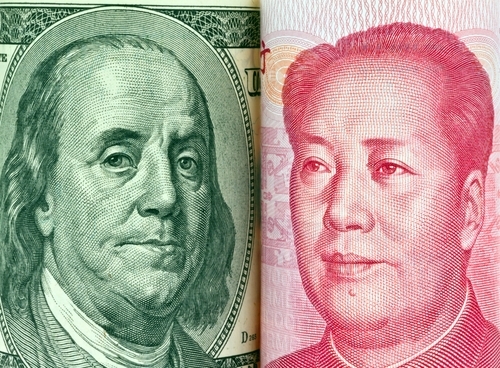
Did China overtake the U.S. as the world's top economy?
The headline of a recent Business Insider article reads, "China Just Overtook The US As The World's Largest Economy," but the numbers hardly tell the same story. The data — reportedly released by the International Monetary Fund — adjusts for the purchasing power parity, a metric that Bloomberg officials don't believe properly frames the relationship between Chinese and American economies.
"The U.S. remains the biggest by the more common, more widely accepted and in our view, more useful measure," David Hensley, JPMorgan Chase & Co.'s director of global economic coordination in New York told the news source. "[PPP is] not quite the real thing."
PPP is an exchange rate that takes into account the rate at which one country would have to convert their currency to buy the same amount of products and services in another country, according to the IMF.
This is where the comparison gets complicated. Bloomberg noted that accounting for PPP vastly exaggerates the importance some economies have because it neglects to account for how much command countries have over the world's resources or how greatly specific countries can affect the global economy.
At the same time, Business Insider claimed not taking PPP into account would also skew data as the more raw data does not account for price differences between countries. However, Business Insider noted that raw market data of Chinese currency paints a much different picture. In raw terms, the Chinese economy sits $6.5 trillion lower than the United States.
Furthermore, Bloomberg noted that China falls far behind the U.S. even after adjusting for PPP after population is accounted for. However, by that metric the U.S. is not the global leader either. China ranks 86th in the world for PPP global domestic product per capita while the U.S. sits at 10th ;place — well away from the top three positions held by Qatar, Luxembourg and Singapore respectively.

